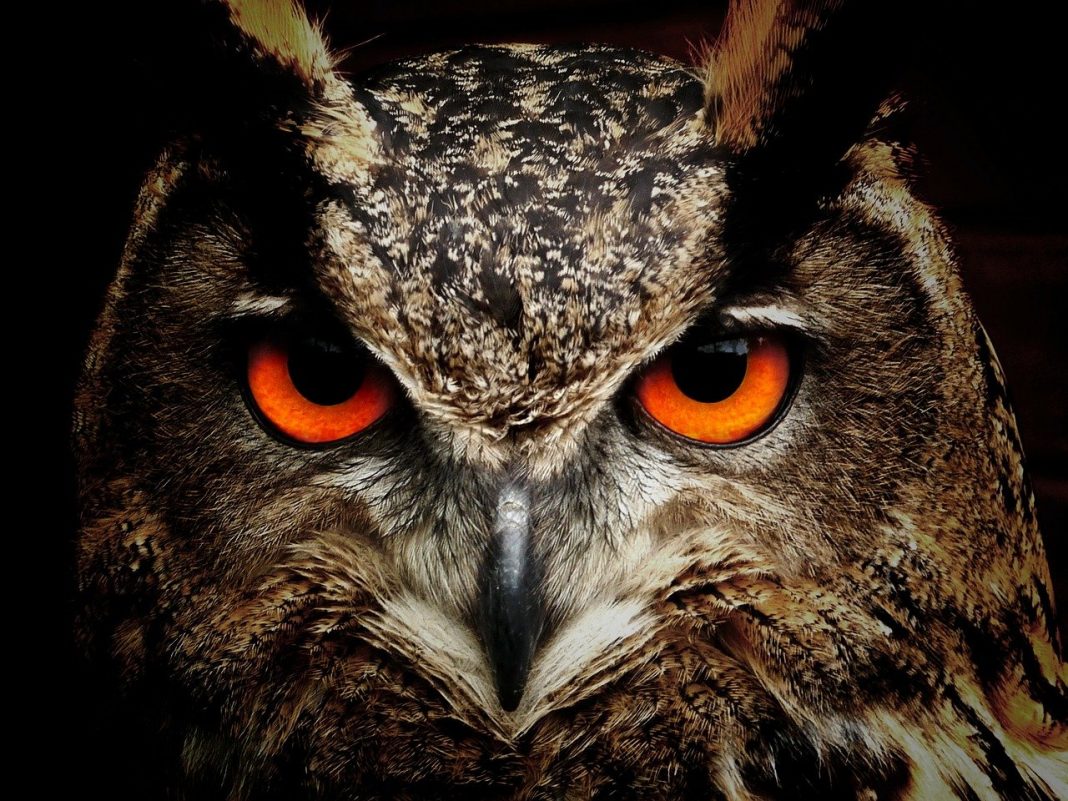If you’re into biology or ecology, you’ve probably heard of the term “indicator species”, also called a bioindicator. These species’ primary purpose is to act as a gauge for the ecosystem’s overall health. Scientists study population size, age structure, density, and growth and reproduction rates to look for trends throughout time. Patterns like this might show the stress animals are under because of habitat loss or climate change.
Continue reading further if you want to learn more about indicator species.
Defining Indicator Species
A species that can detect changes in the ecosystem’s biological environment and provide information on the ecosystem’s overall health get termed as indicator species —bacteria, plant, or animal
For a variety of reasons, scientists use indicator species. Some species are designated as critical species, meaning their survival is essential to the ecosystem’s proper operation. As a result, any shift in the species’ health or population might accurately indicate environmental stresses. Some species are more vulnerable than others to disruptions from the outside. Scientists need to know the magnitude of the following changes to assess changes in an indicator species’ reaction.
- The quantity of food and light an indicator species has will change correspondingly in terms of available energy resources.
- Chemical alterations especially concerning fungus and algae.
- Interactions between organisms, their behaviour will vary, particularly with relation to predation and competition.
- Changes in their physical state: their stamina, morphology, etc.
Despite their ability to survive harsh circumstances, they are the first to notice changes in the environment due to their close relationship with the soil.
Examples of Indicator Species
Indicate species come in a variety of shapes and sizes. It is possible to employ bacteria and more sophisticated creatures such as animals and plants to detect diseases. Even though all species have evolved to exist within specific limits, each one is a sign of something else. Many of them are highly sensitive and alert us to environmental changes before others do.
Frogs and Clean Water

Frogs can be excellent indicator species because of their adaptability in their relationship with the ecosystem. Tadpoles may successfully suggest the quality of water and, as they grow, their wet skin enables contaminants to enter their system, thereby helping identify environmental health concerns nearly globally. Many frogs have life cycles that employ terrestrial and freshwater habitats, making them sensitive to environmental stresses such as temperature fluctuations and UV radiation.
Owls and Deforestation

Old-growth forest ecosystems are vital for scientists because they provide a window into how well humans manage them. Northern spotted owls are a well-known indicator species. Due to land clearing for forestry, agriculture, and urban expansion, owls have got forced to abandon their traditional breeding grounds. They continue to deteriorate at a 4% annual rate. As a result of their decrease, they indicate that other forest species are also likely to be in danger.
Algal Blooms And Nitrogen In Water
An increase in algal blooms may indicate that the climate is changing. Algae blooms might be a result of sediment runoff increasing nutrient levels. Biological variations in the seasonal availability of nutrients may get traced back to the emergence of new algal growths. There is a relationship between the number of algae and the gradients of nitrogen availability in lakes.
Pika and Global Warming
Short-eared rabbit-like creatures, pikas are tiny hairy rodents. Because they are suited to harsh alpine environments, they serve as excellent markers of global warming. Their snowpack melts earlier in the spring because of shorter winters and less snowfall. As a result, they’ve been exposed to the chilly spring temperatures and are therefore susceptible.
River otter and Fresh Water Ecosystems
River otter health has got used to gauge the health of freshwater ecosystems. Bioaccumulation is the process through which chemicals or heavy metals accumulate over time in a living body. Considering river otters are at the top of the food chain, they are most likely to be the first to display symptoms of mercury poisoning.
Buck’s-Horn Plantain – Salt Indicators
The plantain Buck’s Horn’s leaves get redder when the salt concentration of Australian soils rises, making it a tremendous ecological indicator.
Shortcomings Despite Advantages – Indicators Species
Various advantages of bioindicators have motivated the introduction of regulatory regulations. Bioindicators aid us in figuring out what is and isn’t biologically viable because we don’t realize the consequences of our interruptions until it’s too late to stop them.
However, it is not always possible to identify the difference between natural variations and those brought on by people. It may be challenging to do so accurately. For example, a significant vertebrate indicator may not adequately reflect the local insect population’s richness. On the other hand, bioindicators’ capacity to function as indicators is scale-dependent. The use of indicator species to assess different, unstudied taxa for scientific or conservation reasons is far more contentious.
Biomonitor vs. Bioindicator
A bioindicator is a living creature that gets used to evaluating environmental changes qualitatively. On the other hand, the biomonitor gets used to quantify ecological reactions and transformations that signal contamination.
Why Indicator Species Are Crucial
By studying species that are an indicator, scientists can keep an eye on the entire ecosystem’s health without distributing monitoring resources over different species and geographical locations. Monitoring indicator species can assist scientists to focus on the changes that are taking place in the ecosystem. Scientists, legislators, and public officials may use the information from species indicators to develop conservation plans, like protecting habitats and the land and regulating chemical usage, or even passing laws to stop or reverse the damage before it’s too late.



